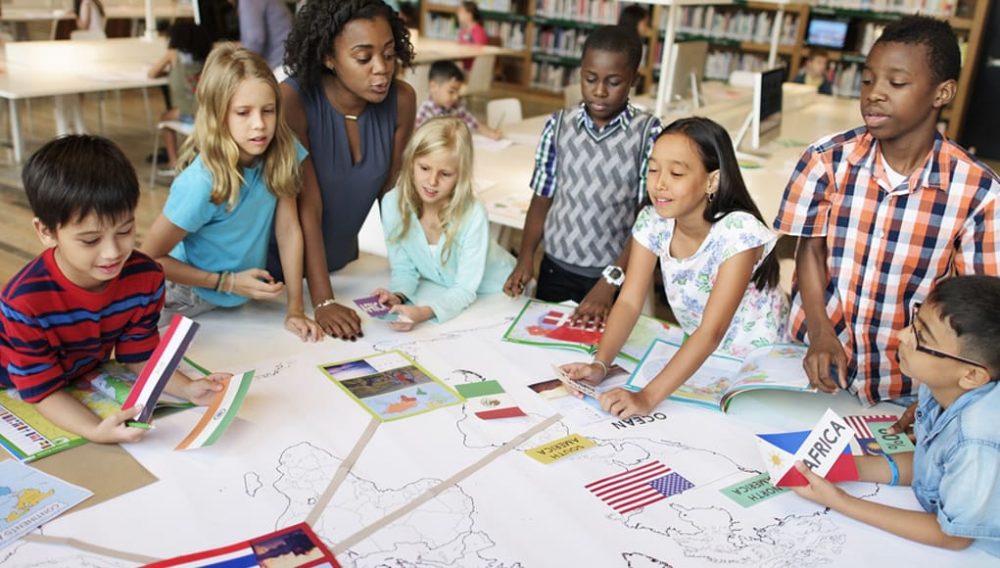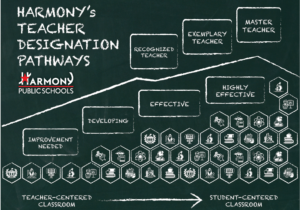5 Steps for Sustaining PBL

By: Jenny Pieratt
HQPBL truly is a journey, not a destination. As a classroom teacher for ten years, I left the walls of my room at High Tech High still striving to tackle the many, and ever-evolving, nuances of designing and facilitating projects. And in my work supporting teachers with PBL implementation across the country I have learned that in the process of scaling HQPBL the learning that happens after the project ends is actually the most important for sustaining deeper learning. As you think about professional development for your staff this year I want to offer up the following process to help your teachers continue on the trajectory of developing quality projects.
1. Ask your teachers to live the model and self-reflect
A best practice in project-based learning is reflection. Embedding smaller reflections throughout the life of a project is ideal, but we also hope to see students conducting an in-depth reflection at the conclusion of it. One of my favorite student resources for this process is this one by the Buck Institute for Education – this resource is also one of my favorites to use as a model with adults! When we ask teachers to put on their learning cap, it allows them to more fully experience the project experience, thus informing how they design and facilitate future projects. As educators, we are spinning so many plates that it’s often really difficult to pause and reflect. But just as we know with our students, it’s also a critical step in the learning process. I encourage you to carve out a staff meeting time to ask your staff to conduct an in-depth project reflection at the end of semester or end of the year, and share their learning — perhaps with a colleague in a think, pair, share, or further living the model and conducting a formal Presentation of Learning.
2. Go back to your definition of HQPBL
My first introduction to a staff always consists of this process, where I ask them to identify their own definition of quality PBL. I come back to their definition as much as possible during the planning phases, but I would argue that “the after-life” stage is what matters most. When all members of a staff have completed a project (say at the end of a semester or school year), I project the definition they developed and pictures of when they went about that process. We always laugh at how long ago it felt, but then it settles in… “wow, despite all that has happened this year, that still feels important to us!” This simple step is small but mighty because it is personal and unique to an individual staff. It immediately takes them back to “the why” of PBL and grounds them in what matters most to the experiences they design and facilitate for students moving forward.
3. Conduct a project audit
With the definition of HQPBL fresh in their minds (and still projected), I then ask teachers to conduct an in-depth review of one of their recent projects. I ask them to take their 3 part definition of quality and turn it into a basic chart on poster paper. As a planning team, their task is now to review their project and pull out where their definition of quality showed up. I can’t tell you how affirming this process is for teachers. It is common to hear comments like “wow, look what our students did!” or “hey, we did better than we thought we did!”
Focusing on the Bright Spots allows teachers to function from a state that doesn’t place them in a deficit — making them more ripe to continue with PBL in the future and more likely to replicate the good that existed in their first project.

4. Develop specific goals for the next project
This process also naturally exposes gaps for reflective practitioners. Out of habit, many teachers will start to recognize where they fell short in some areas and immediately want to make improvements. Similar to when students engage in peer critique, I ask teachers to identify three specific goals for improving the completed project. And then I also ask them to apply those same three goals to their next project. As this process is repeated over time, you can imagine how layers of greatness continue to build on one another; resulting in deeper learning for both the teachers and students.
5. Facilitate the storming process
By this point teachers are excited to start diving into the next project, so capitalize on the momentum! Ask teachers to keep their goals fresh in their mind as they begin the brainstorming process for their next project. If you need help with this process check out CraftED’s Project Planning Workbook and e-course, or a few of my favorite protocols:
- A modified carousel protocol like this one on page 8 or a Wagon Wheel session.
- A Gallery walk with a poster of project ideas, you can also use a Compass Point Visible Thinking Routine and simply leave up in your staff lounge for teachers to add to over time.
- A Tuning protocol and invite students to join the conversation!
Once you have concluded these 5 steps, rinse and repeat! The beauty of PBL is that learning is endless — both for students and teachers!
Jenny Pieratt, Ph.D. is President of CraftED Curriculum. You can find Jenny on Twitter @craftEDcm and Instagram @crafted_jennypieratt.
For more, see:
- Introducing a Framework for High Quality Project Based Learning
- Scaling PBL: 3 Steps for Defining Quality With Your Staff
- The Keys to High Quality PBL: Public Products and Presentations of Work
Stay in-the-know with all things edtech and innovations in learning by signing up to receive the weekly Smart Update. This post includes mentions of a Getting Smart partner. For a full list of partners, affiliate organizations and all other disclosures, please see our Partner page.







0 Comments
Leave a Comment
Your email address will not be published. All fields are required.